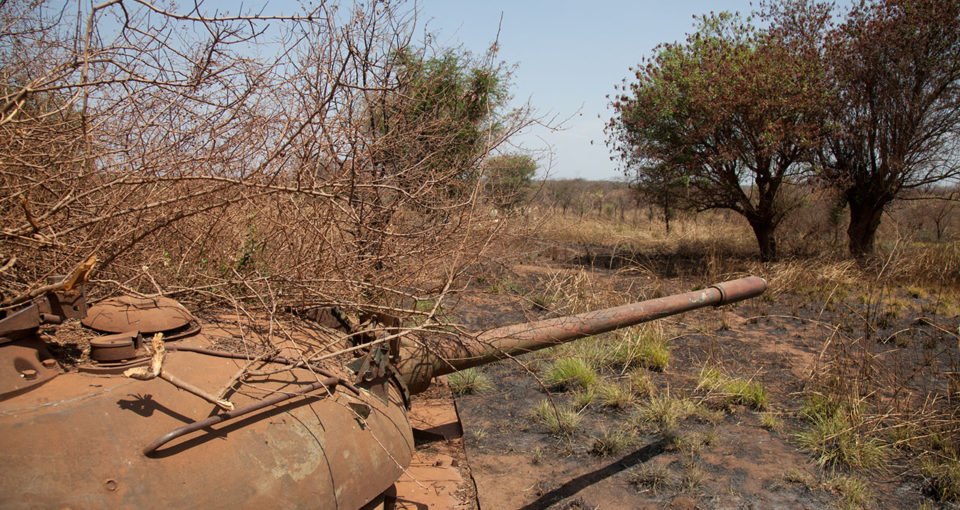Travelling in Post-Conflict Zones with Secret Compass
Harry Cox, January 27, 2015

The quest for original and authentic travelling experiences has become an increasing challenge for adventurous individuals desperately looking to get well off the beaten track. There is however a solution to this problem – travelling to the post-conflict zones.
For the adventurous traveller, the withdrawal of tanks and troops from hidden corners of the tourist map presents the possibility of seeking out unexplored jungles or unclimbed peaks, adding to the excitement of any trip.
The fact that many post-conflict zones haven’t received much attention relates to their negative, or totally absent reputation in mainstream travel media. But travelling to these areas hands the power of journalism to the explorer who carves his own impressions based on direct experiences with the region.
As well as improving the international reputation of the country, positive sentiments are mirrored by transactions, aiding countries as the look to rebuild and redevelop following years of neglect. Tourism brings jobs, spreads wealth and prompts the growth of other industries within a country both in urban areas, and along the transport links that connect them to regions of outstanding natural beauty.
There are still obvious dangers and drawbacks that come with travelling in post-conflict zones. From the possibility of conflict flaring up again, instability, corruption and the dangerous remnants of war, the end of formal war does not always signal the end of partisan struggle, as shown in much of Iraq. In some countries tourism may take years to recover, in others, such as Afghanistan, it’s possible to visit whilst war in ongoing.
For a starting point, begin your search by browsing through some of what Secret Compass has to offer. Their expeditions page serves as a treasure trove of inspiration for trips to unusual parts of the world. Founder Levison Wood is also the chap behind the Channel 4 series Walking the Nile, adding a good amount of credibility to Secret Compass’ trips.
Image: Levison Wood